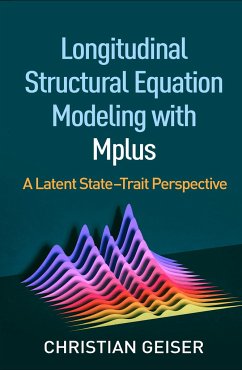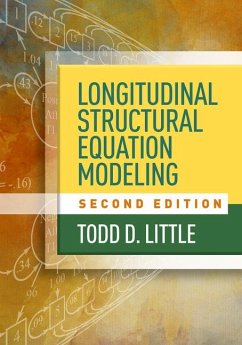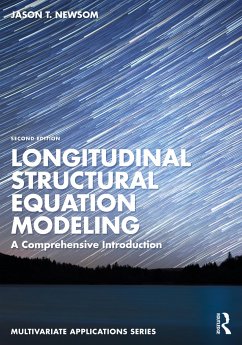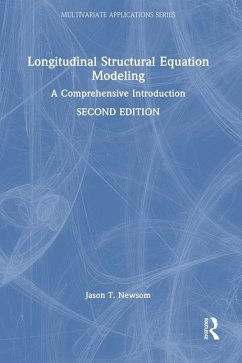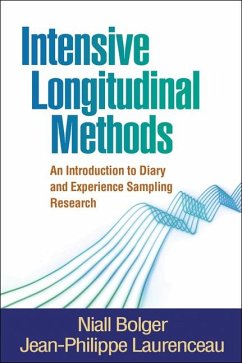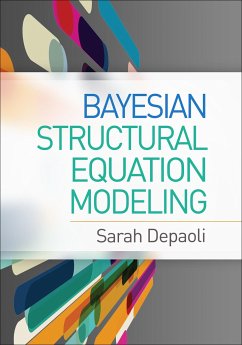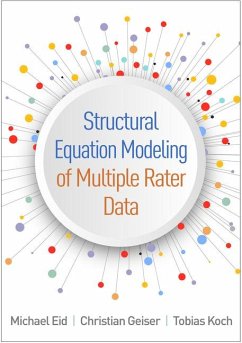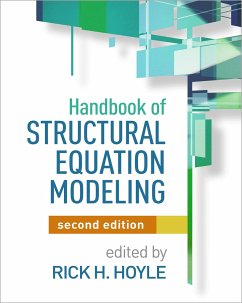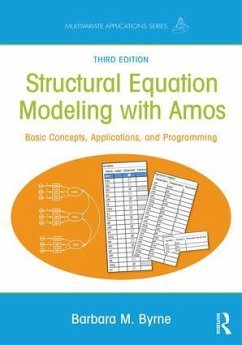Nicht lieferbar
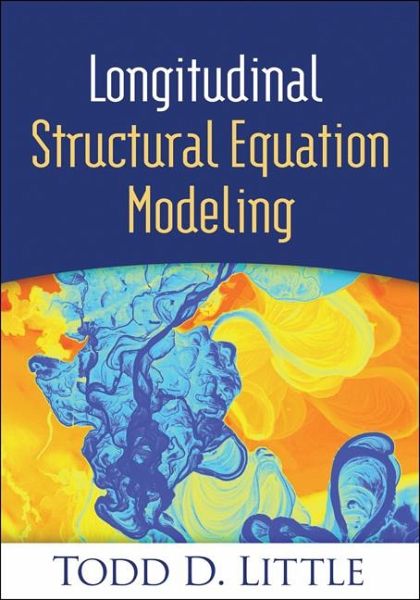
Longitudinal Structural Equation Modeling
Versandkostenfrei!
Nicht lieferbar
Featuring actual datasets as illustrative examples, this book reveals numerous ways to apply structural equation modeling (SEM) to any repeated-measures study. Initial chapters lay the groundwork for modeling a longitudinal change process, from measurement, design, and specification issues to model evaluation and interpretation. Covering both big-picture ideas and technical ""how-to-do-it"" details, the author deftly walks through when and how to use longitudinal confirmatory factor analysis, longitudinal panel models (including the multiple-group case), multilevel models, growth curve models,...
Featuring actual datasets as illustrative examples, this book reveals numerous ways to apply structural equation modeling (SEM) to any repeated-measures study. Initial chapters lay the groundwork for modeling a longitudinal change process, from measurement, design, and specification issues to model evaluation and interpretation. Covering both big-picture ideas and technical ""how-to-do-it"" details, the author deftly walks through when and how to use longitudinal confirmatory factor analysis, longitudinal panel models (including the multiple-group case), multilevel models, growth curve models, and complex factor models, as well as models for mediation and moderation. User-friendly features include equation boxes that clearly explain the elements in every equation, end-of-chapter glossaries, and annotated suggestions for further reading. The companion website (www.guilford.com/little-materials) provides datasets for all of the examples--which include studies of bullying, adolescent students' emotions, and healthy aging--with syntax and output from LISREL, Mplus, and R (lavaan).




